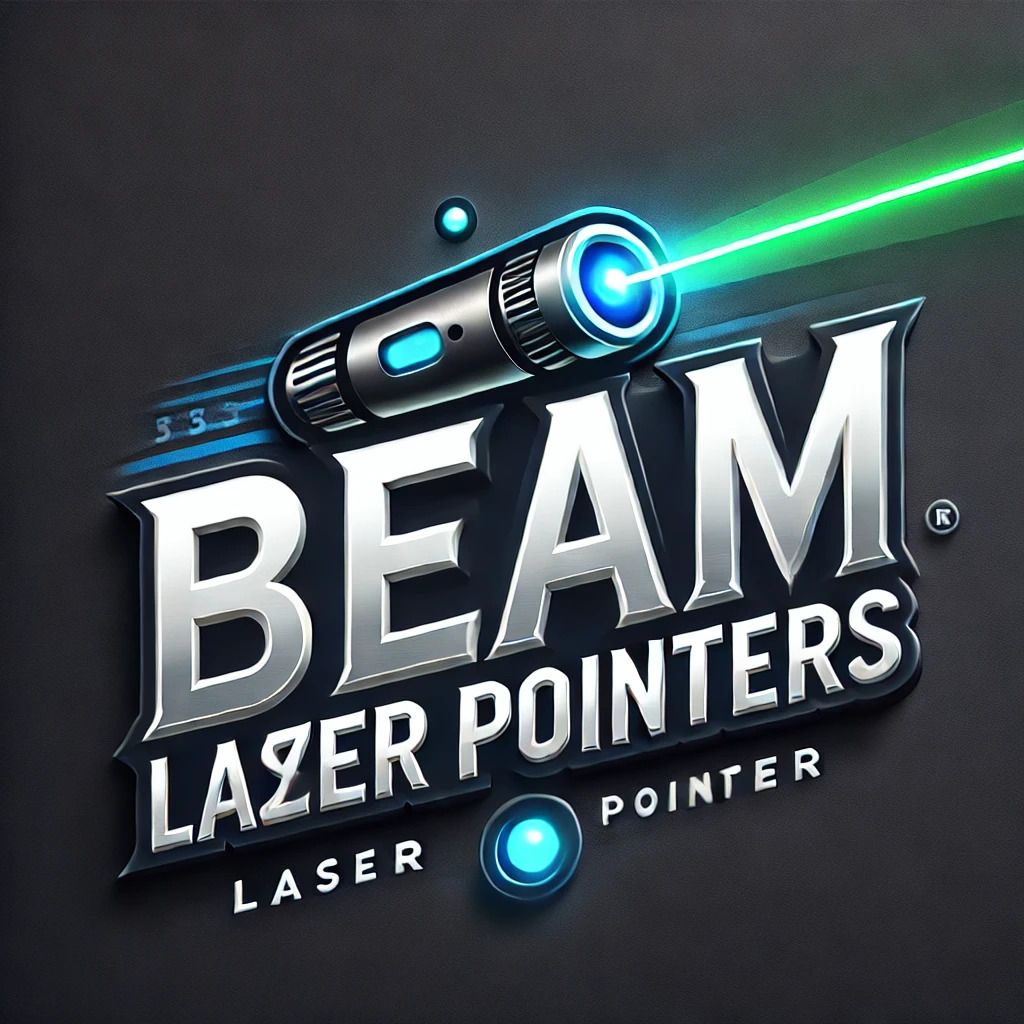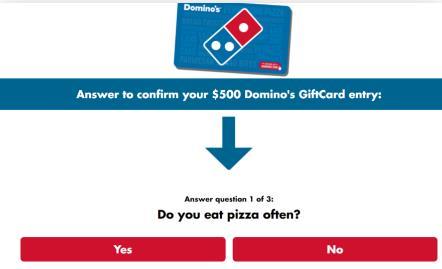
Understanding Global Differences in Laser Pointer Regulations
Key Takeaways
- Laser pointer regulations vary significantly across different countries.
- Factors influencing regulations include safety concerns, usage context, and cultural perceptions.
- Understanding these regulations is essential for businesses and consumers in the laser pointer market.
- Staying informed about changing laws helps ensure compliance and promotes safe usage.
The use of laser pointers has gained popularity across many sectors, from education to outdoor activities. However, regulations governing their purchase and usage differ vastly from one country to another. Understanding these global differences is not only crucial for consumers but also for businesses operating in this niche. This article will delve into how regulations vary, the implications for users, and what businesses need to consider in their operations.
Overview of Laser Pointer Regulations Worldwide
Laser pointers can be categorized into three main safety classes based on power output: Class 1, Class 2, and Class 3. Each class has specific regulations that differ by country. Below is a summary of how various countries manage laser pointer regulations:
| Country | Regulation Type | Power Restrictions | Usage Context |
|---|---|---|---|
| United States | Federal Trade Commission | Up to 5mW for consumer use | Permitted for educational and entertainment purposes |
| United Kingdom | Health and Safety Executive | No more than 1mW for handheld devices | Strictly regulated in professional and public settings |
| Australia | Australian Radiation Protection and Nuclear Safety Agency | Up to 1mW in most states | Used for presentations, pet toys and astronomy |
| Canada | Health Canada | Up to 5mW for non-hazardous use | Allowed in controlled environments |
| China | Ministry of Public Security | Strict limits; typically up to 1mW for consumers | Stringent laws against misuse in public spaces |
Factors Influencing Regulations
Several factors play a significant role in determining how regulations are established across different regions:
- Safety Concerns: The inherent risks associated with laser pointers can lead to stringent regulations.
- Cultural Perception: Different cultures may view laser pointers differently, impacting their regulation.
- Usage Context: The context in which laser pointers are used, for example, in education versus recreation, influences regulations.
- Technological Advancements: As technology improves, regulations may adapt to address new functionality and safety measures.
The Implications for Consumers and Businesses
For consumers, understanding local regulations can enhance safety and legality when using laser pointers, especially in public or professional settings. For businesses, compliance with local laws is fundamental to avoid legal repercussions and ensure product safety. Here are some important considerations:
Tips for Consumers and Businesses
- Always check the local laws regarding laser pointer usage before purchasing.
- For businesses, ensure compliance with regulations to avoid hefty fines.
- Educate users on proper usage to enhance safety.
- Consider using laser pointers that meet international safety standards.
Conclusion
Understanding global differences in laser pointer regulations is essential for both consumers and businesses. With varying standards and safety concerns, it is important to stay informed about local regulations to ensure the safe usage and compliance of laser pointers.
Pros
- Clarity on regulations promotes safer usage.
- Awareness of international laws aids business operations.
- Prevents legal issues for companies and consumers alike.
Cons
- Complex regulations can be confusing for consumers.
- Inconsistent laws across borders may hinder international trade.
- Potential penalties for non-compliance can be severe.
For more information on laser pointers, explore our buying guides on laser pointer categories and stay updated with the latest trends in our News and Trends section. Understanding these regulations not only promotes safer use of these tools but also enriches knowledge across consumers and professionals in the laser pointer market.



